Recent Articles
Popular Makes
Body Types
2018 Toyota C-HR vs. 2018 Toyota RAV4: Which is for you?
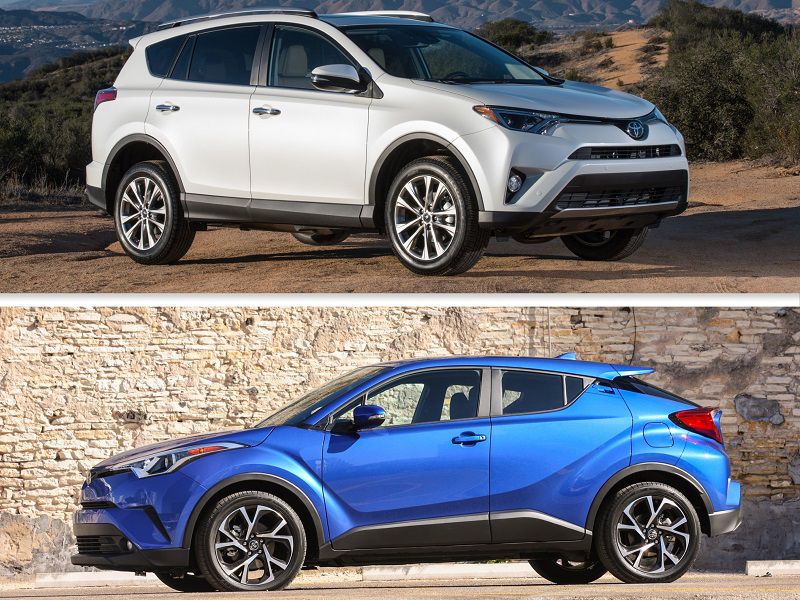
2018 Toyota CHR RAV4 Hero ・ Photo by Toyota
If you’re in the market for a new crossover SUV, then you’ve probably come across both the compact 2018 Toyota RAV4 and its smaller (and newer) subcompact sibling — the 2018 Toyota C-HR — in your research or visits to various dealerships.
If you’ve wondered what the main differences are between the two models (other than the obvious difference in exterior dimensions and styling), if one is significantly better than the other, or which would be best for you, our expert editors have got you covered. Read on to learn how the C-HR and RAV4 stack up against each other in the areas that are most important to you, and also to discover our final verdict on the two models.
Pricing
The 2018 Toyota C-HR is available in only two trim levels, with no available options (though you can add accessories). With the XLE trim starting at $22,500 and the XLE Premium starting at $24,350, the C-HR is only slightly less expensive than a base RAV4. However, the CH-R’s starting price will drop slightly for the 2019 model year thanks to the introduction of a new base LE trim level with fewer standard features.
The RAV4 has a starting price of $24,660, but that’s for a base model. Prices quickly increase as options are added, with Platinum models topping $36,000. The RAV4’s XLE trim level closely matches the C-HR XLE and comes in at $25,750.
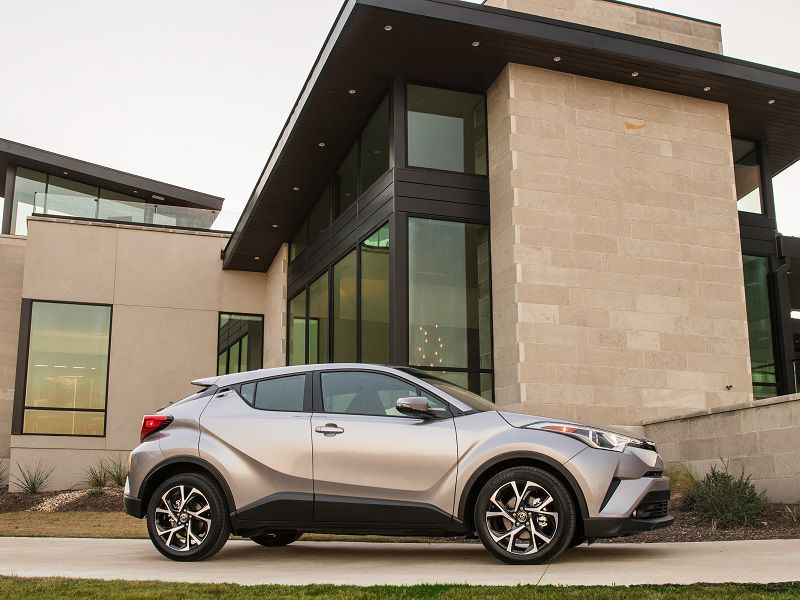
Photo by Toyota
Features
As you might expect, C-HR and RAV4 offer similar equipment when both are in their XLE trims. These features include keyless entry, dual-zone climate control, hill-start assist, and the Toyota Safety Sense P suite of safety features: a pre-collision system with pedestrian detection, a lane-departure alert with steering assist, automatic high beams, and dynamic radar-based cruise control. The C-HR brings a 7-inch touchscreen — versus the RAV4’s 6.1-inch unit — and an auto-dimming rearview mirror, while the RAV4 offers trailer sway control.
It’s quite pricey, but the RAV4 in Platinum trim is by far the most well-equipped of all the models, with leather upholstery, a bird’s-eye-view camera, a premium JBL Audio system with integrated navigation, ambient footwell lighting, heated front seats, and a heated steering wheel, among others.
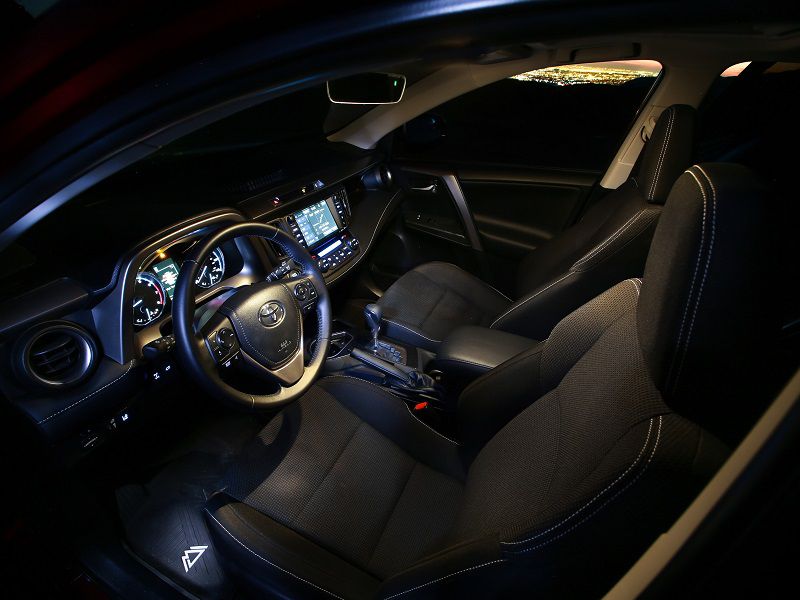
Photo by Toyota
Engines and Transmissions
Neither the Toyota C-HR nor the RAV4 offer particularly powerful or sporty powertrain options, and unlike many of their competitors neither use forced induction (a turbocharger or supercharger). The C-HR is available in only one configuration, with a 144-horsepower naturally aspirated 2.0-liter four-cylinder engine mated to a continuously variable automatic transmission that sends power to the front wheels. All-wheel drive is not available in the C-HR.
The RAV4, on the other hand, is available in either front-wheel or all-wheel drive configuration with a traditional six-speed automatic transmission, and it also offers an all-wheel drive hybrid option with a CVT. The 2.5-liter four-cylinder gas engine generates 176 horsepower, while hybrid versions are the most powerful of the bunch with 194 total system horsepower on tap.
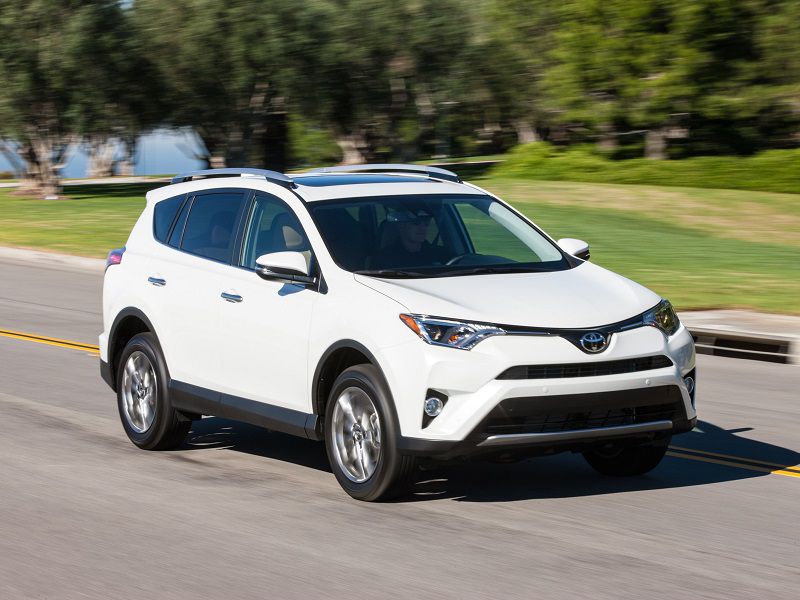
Photo by Toyota
Performance and Fuel Economy
The 2.0-liter four-cylinder engine in the C-HR is good for 27 miles per gallon in the city and 31 on the highway for a combined rating of 29 mpg. Acceleration can feel painfully slow, and the run to 60 miles per hour takes over 10 seconds in the C-HR.
Depending on the configuration, the 2.5-liter four-cylinder in the RAV4 can get up to 23 mpg in the city and 30 on the highway for 26 mpg combined, with the hybrid version hitting 34 mpg in the city and 30 on the highway for a combined rating of 32 mpg, even with its all-wheel drive system. The RAV4 isn’t particularly quick, but it does get to 60 mph in well under 10 seconds.
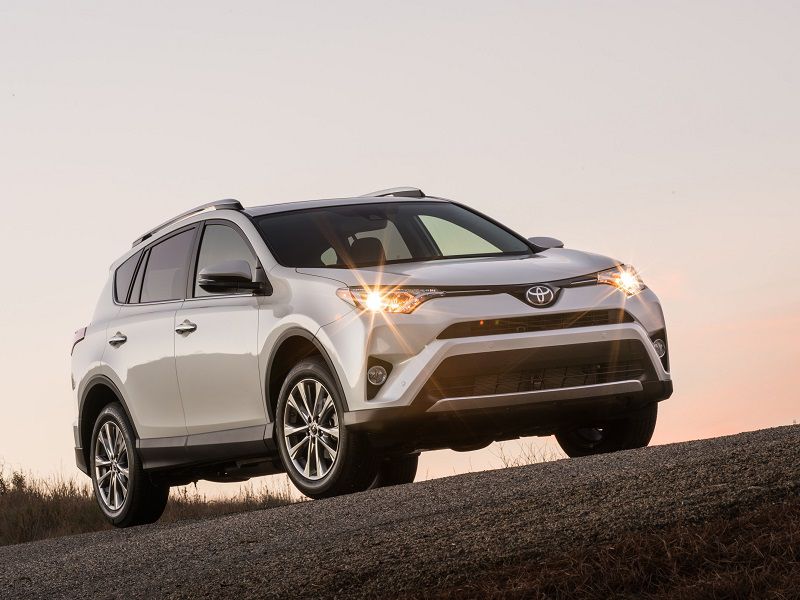
Photo by Toyota
Ride and Handling
The RAV4 features sound handling, but it’s not at all sporty. Its suspension setup emphasizes comfort over performance, with a soft ride and little in the way of feedback from the road. That makes it a great commuter, but the RAV4 is no fun on tight back roads.
The C-HR on the other hand on is eager and fun to drive. It might not have the sheer grip of some of its competitors, but its petite dimensions make it nimble. And thanks to its communicative steering, it’s also easy to place. Ride quality is good enough, but the C-HR is more stiffly sprung than the RAV4, something you notice when the road starts to get rough.
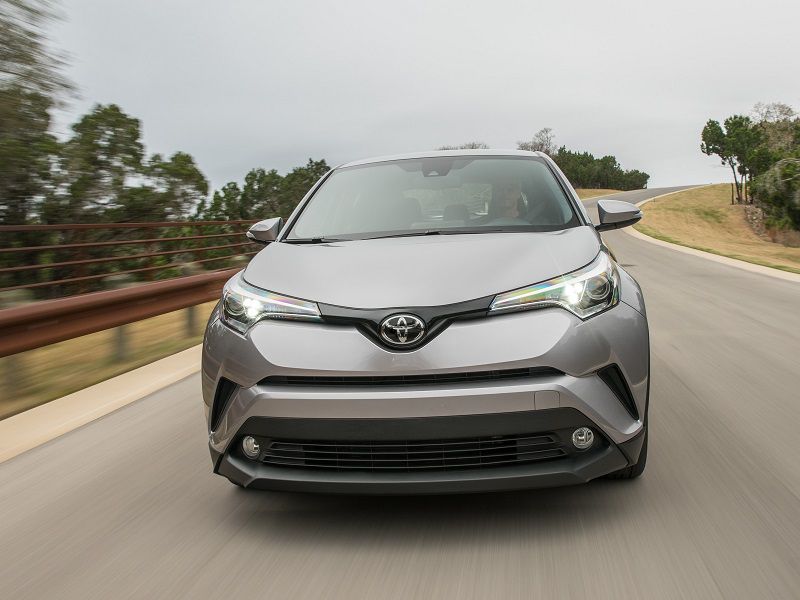
Photo by Toyota
Interior
The Toyota C-HR has a nice interior with quality materials, but while it’s comfortable enough it does feel quite cramped even in the front. When on the move the C-HR seems as quiet as the RAV4 inside, which is impressive given its smaller size. Unfortunately, that smaller size is a big letdown once you get to the rear seat and cargo area.
The RAV4 is just the opposite, offering plenty of room for four to sit comfortably, though it is a bit short on rear legroom compared to the rest of its class. The interior materials are just as nice as in the C-HR, and the RAV4’s dash is laid out in a more traditional manner, which we prefer.
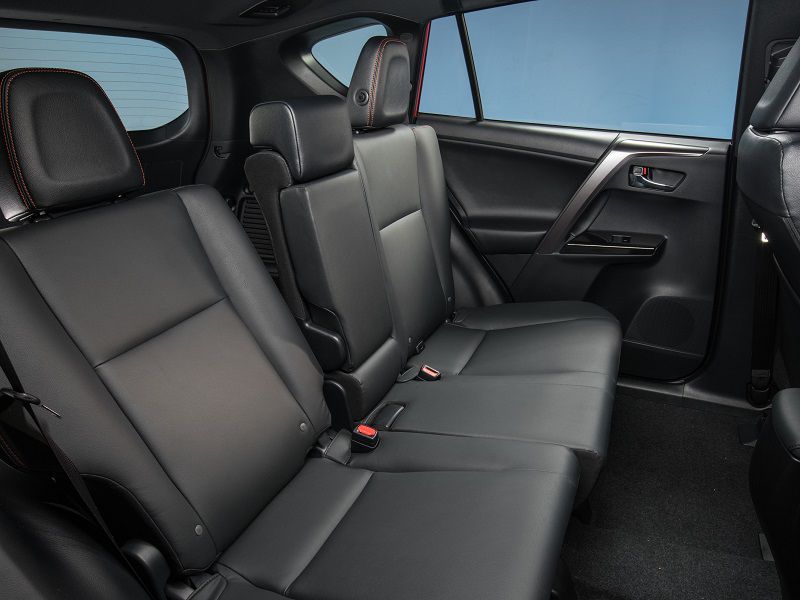
Photo by Toyota
Exterior
The Toyota C-HR is a brand-new design, and from the front and sides at least it’s attractive and quite striking. The rear is more polarizing and might be described by some as overstyled, though it does help this crossover stand out from the crowd.
The RAV4 has been around for a few years — with a full redesign coming soon for the 2019 model year — though it did receive a facelift a few years ago that has kept it somewhat fresh. The RAV4’s front styling is interesting, dominated by its protruding nose with its angular bumper and wide thin grille. Move around to the sides and rear, however, and you’ll find that the rest of the RAV4 is quite bland.
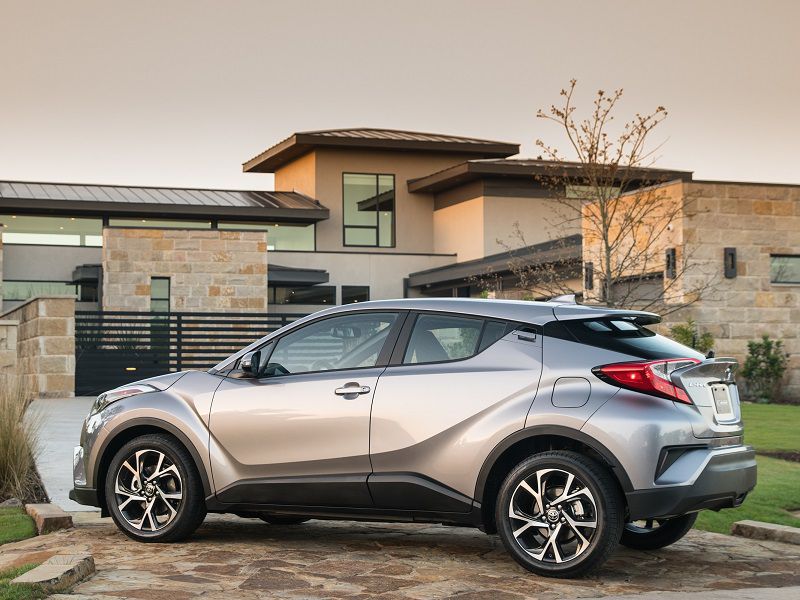
Photo by Toyota
Safety
The C-HR is rated Good in all categories by the IIHS with Superior front crash prevention. However, its headlights are rated Poor, so if you do lots of night driving, you may want to invest in some auxiliary lighting. The RAV4 was rated Good in all categories except the passenger-side small overlap front test, where it was rated Poor. It also had Superior front crash prevention, and its headlights are rated Acceptable on higher trim levels with the LED projectors, though the lower trim levels score Marginal.
In NHTSA testing the both the C-HR and RAV4 received identical scores of five stars overall, with four stars for frontal crash protection and rollover resistance.
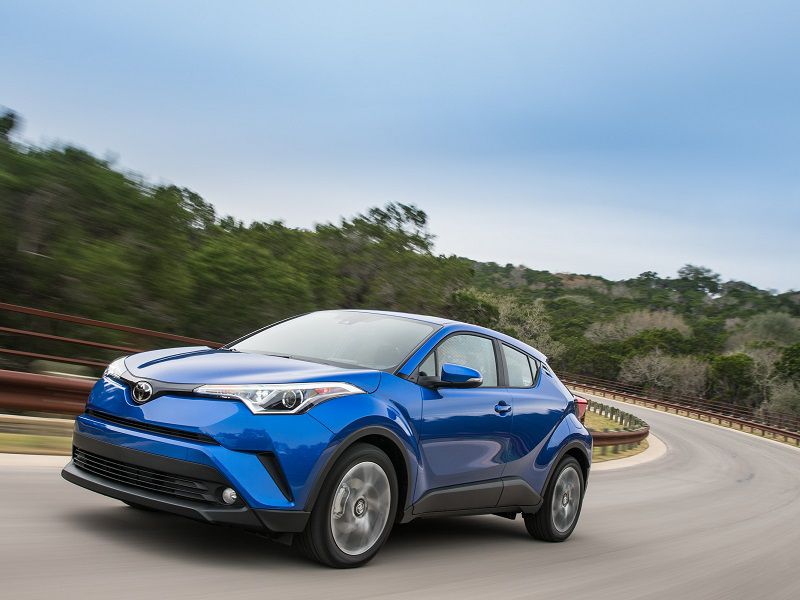
Photo by Toyota
Cargo and Capability
Both the C-HR and the RAV4 can seat a maximum of five passengers, but the compact dimensions of the C-HR make it much more suitable for two people and their luggage than for families, though four passengers can fit for short drives.
The RAV4, on the other hand, has significantly more rear leg and shoulder room and more than double the cargo space, both with the rear seat in place or folded down. And if you want to do any towing, you’ll need to skip the C-HR as it isn’t rated to tow. The RAV4 can handle 1,500 pounds with the gas engine and 1,750 in hybrid form, which is low for a crossover but still better than the C-HR.
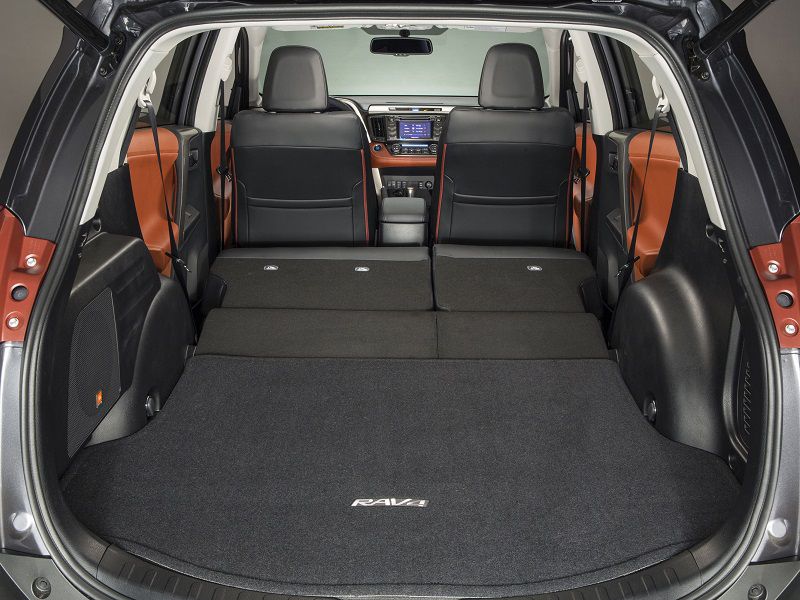
Photo by Toyota
Verdict
So, should you be looking at the Toyota CH-R or the Toyota RAV4? If you’re single — or in a relationship that doesn’t include children or big dogs — and looking for a stylish, good-handling, and fun small SUV, then the C-HR is probably the better of the two vehicles for you as long as you can live with the slow acceleration and lack of all-wheel drive option.
At the same time, the RAV4 offers much more — including more room for passengers, twice the cargo space, the ability to tow small trailers, quicker acceleration, available all-wheel drive, and the hybrid’s better fuel economy — for a price that’s only slightly higher.
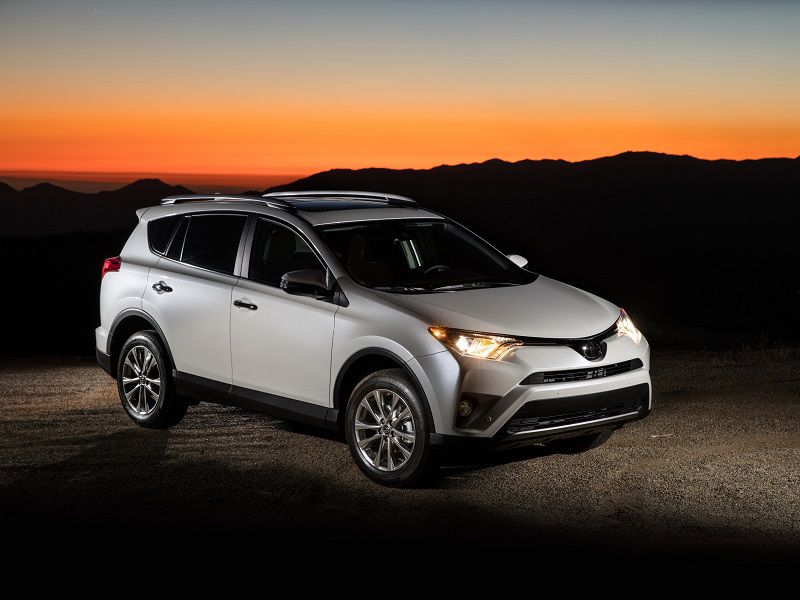
Photo by Toyota